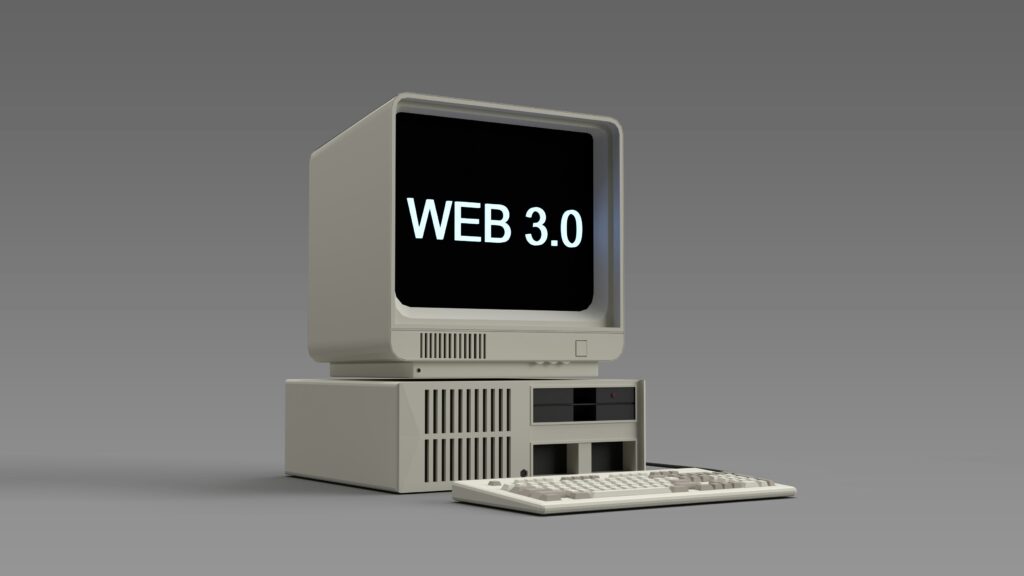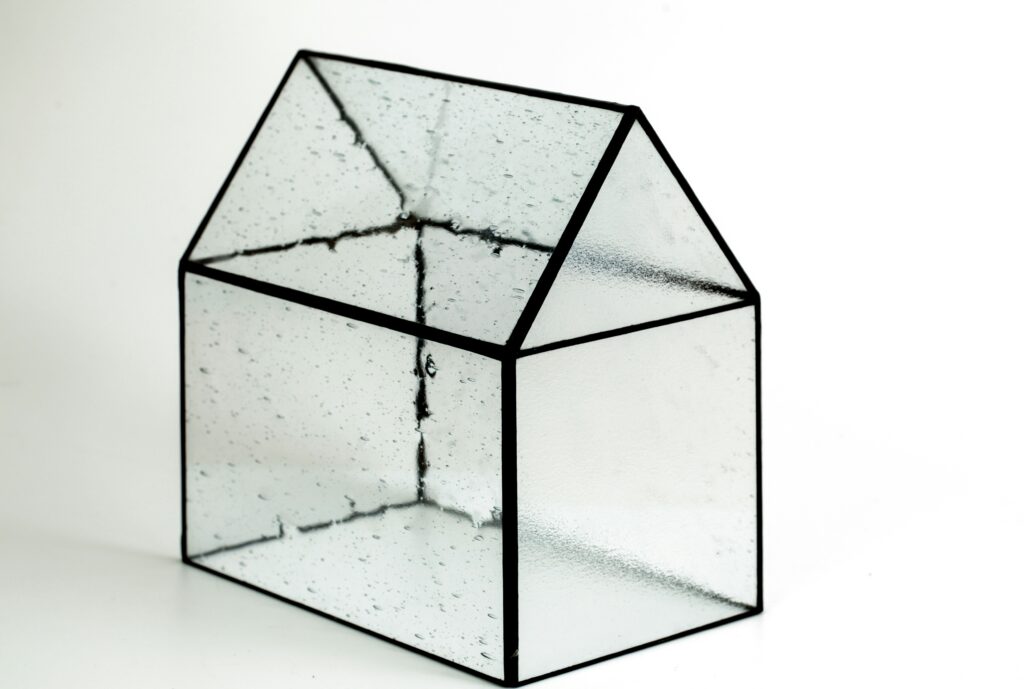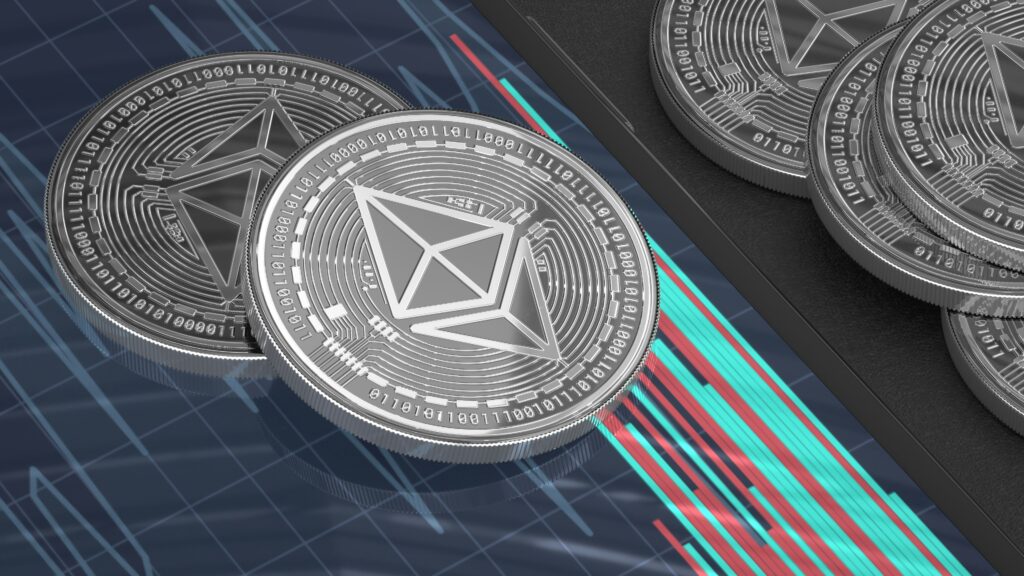
Web 3.0 is more than just the next version of the internet; it’s a movement toward decentralization, privacy, and user control. Imagine a digital world where you own your data, interact without middlemen, and experience a smarter, more secure web.
How? See when your online identity will not be tied to a big tech company, and there will be no middlemen that can control how you interact, buy, or create things. Then, only you can control yourself.
Web 3.0 has the ability to create a decentralized world that can reshape everything. It can be finance, social media to education, and healthcare.
But what exactly is Web 3.0? And why should you care? Let’s delve into the article to find out.
What is Web 3.0?

Web 3.0 refers to the next generation of internet services and applications, driven by blockchain, artificial intelligence (AI), and decentralization. Unlike Web 2.0, which relies on central authorities (think Facebook or Google), Web 3.0 aims to give control back to users.
Key Characteristics:
- Decentralized apps (dApps) that don’t rely on a single provider
- AI-powered personalization and human-like responses
- Blockchain-backed security for transparent interactions
- User-owned data and identity
While still under development, Web 3.0 holds the potential to reshape how we live, work, and interact digitally.
Web 1.0, Web 2.0, and Web 3.0: A Quick Comparison
Web 1.0 was open and mostly informational. Web 2.0 brought interactivity but at the cost of user privacy. Web 3.0 intends to keep the interactivity while returning control and ownership to users.
Quick Comparison:
| Web Version | Description | Key Examples |
| Web 1.0 | Static, read-only internet | Early websites, Yahoo!, Britannica Online |
| Web 2.0 | Interactive, social platforms | Facebook, YouTube, Instagram |
| Web 3.0 | Decentralized, AI-powered, user-owned | Ethereum, IPFS, metaverse environments |
Web 3.0 Essentials You Need to Know
Now, the basic blocks of web3 are to make the internet smarter, more private, and more focused on users. Here are some key features:
- Smarter Internet (AI & Machine Learning):
AI is here to stay on the horizon for the long term, which means there is no way that artificial intelligence and machine learning will not be integrated in Web 3.0. With the help of this, it can better understand what users want, which means we should be ready to respond in more human-like ways.
- Semantic Web:
In web3, focus will shift on semantics from syntax, which means that the internet will understand the meaning behind words, not just keywords or numbers. As a result, it will analyze content more accurately, making search results and information more useful.
- Internet of Things (IoT):
Web 3.0 will also enhance how smart devices communicate with one another, enabling seamless data sharing between your phone, watch, fridge, or thermostat, without central control.
- Decentralization & Blockchain
Unlike Web 2.0, where tech giants manage everything, Web 3.0 relies on blockchain, a secure, transparent system that records everything publicly. It removes intermediaries and builds trust.
Why Web 3.0 Matters

The internet will be completely changed only if Web 3.0 truly delivers what it promises. How? Let’s check it out.
- Ownership of Your Data
Today, tech companies profit by collecting your data. In Web 3.0, you own your digital identity and control how it’s shared. This could significantly reduce surveillance, ads, and exploitation.
- More Transparency
It is expected that Web 3.0 will be more transparent due to blockchain technology. There will be clear and unchangeable records of transactions both for businesses and customers.
Now, this will boost:
- Trust
- Improve service
- Track supply chains
- Reducing shortages
- Speeding up deliveries
- Powering the Metaverse
Web 3.0 will also support virtual spaces like the metaverse, where people can socialize, shop, work, or play in 3D environments. The metaverse needs decentralized identity, blockchain transactions, and AI, all central to Web 3.0.
Real-World Examples of Web 3.0

Since the topic still sounds too complex, you might understand it better if given any real-life examples of it. One of the simplest examples is the rise of semantic SEO.
If you are a writer or know someone in marketing, they are chanting these words constantly. It means that Web 3.0 will be about the purpose and intent of search. So, what else might change?
- Ethereum: Blockchain-based platform for decentralized apps.
- Brave Browser: Gives users rewards for viewing ads while maintaining privacy.
- IPFS: A peer-to-peer protocol for sharing and storing files, replacing traditional web hosting.
- Uniswap: A decentralized exchange for cryptocurrency trading.
These examples show Web 3.0 in action, even though the technology is still evolving.
Final Thoughts
Web 3.0 isn’t a distant concept; it’s already taking shape. As the internet shifts toward a decentralized, intelligent, and user-owned model, now’s the time to understand and adapt. Are you ready to take control of your digital future?

